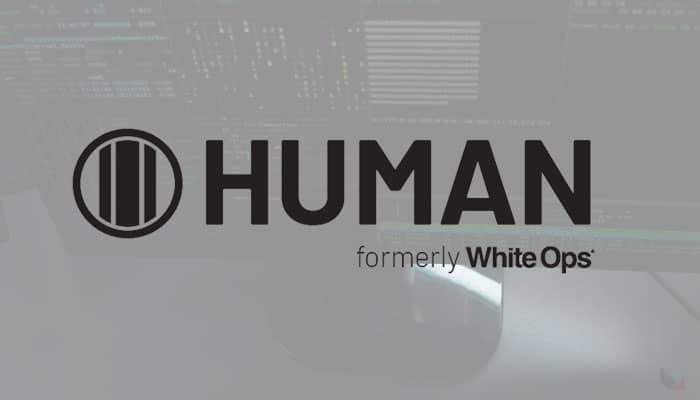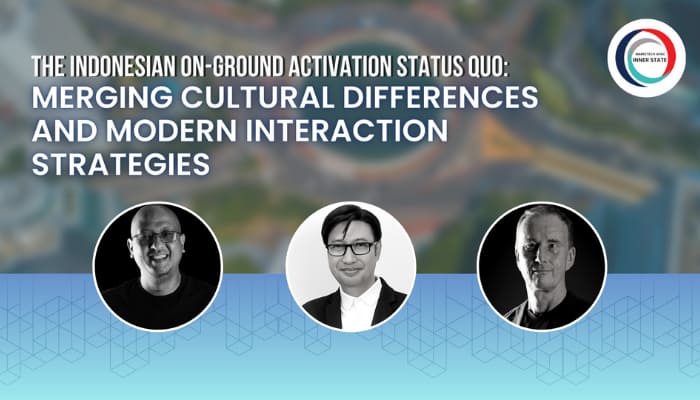Manila, Philippines – The recent ransomware attack against government-controlled health insurance entity PhilHealth depicts a dip on the Philippines’ overall digital quality of life, new data from Surfshark.
Overall, the Philippines is ranked 60th in the overall ranking on digital quality life globally in 2023, dropping by five places from last year.
According to the data, the Philippines ranks 45th in the world in e-security — 1 place lower than last year. While it has beat its other regional counterparts such as Indonesia (61st) and Malaysia (48th) and have data protection laws in place, the country still suffers from various cyberattacks–including the recent ransomware attack carried out by the Medusa group.
Meanwhile, the country ranks 54th in e-infrastructure and 64th in e-government. For context, the e-government pillar shows how advanced a government’s digital services are and the level of AI readiness a country demonstrates, while e-infrastructure shows how it is easy for people to use the internet for various daily activities.
Moreover, the data also notes that Internet in the country remains unaffordable, with Filipinos having to work 10 hours 5 minutes a month to afford fixed broadband internet, and 3 hours 8 minutes 52 seconds a month to afford mobile internet.
Despite all of this, the internet speed is now 25% higher than the global average, with fixed internet averaging 119 Mbps, and mobile internet averaging 55 Mbps. Since last year, mobile internet speed in the Philippines has improved by 43%, while fixed broadband speed has grown by 59%. Compared to Indonesia, the Philippines’ mobile internet is 107% faster, while fixed broadband is 229% faster.
Gabriele Racaityte-Krasauske, spokeswoman at Surfshark, said, “In many nations, ‘digital quality of life’ has merged into the broader concept of overall ‘quality of life’. There’s no other way to look at it now that so many daily activities, including work, education, and leisure, are done online. That’s why it’s crucial to pinpoint the areas in which a nation’s digital quality of life thrives and where attention is needed, which is the precise purpose of the DQL Index.”


















